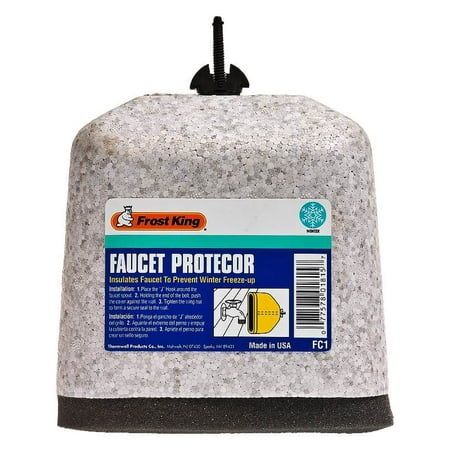A faucet is a device for delivering normal water from a plumbing system. It can consist of the following components: spout, handle(s), lift up rod, cartridge, aerator, mixing chamber, and normal water inlets. Once the handle is turned on, the valve opens and manages this inflatable water movement adjustment under any temp or water condition. The faucet body is usually made of brass, though die-cast zinc and chrome-plated plastic are used also.

Nearly all home faucets are solo or dual-control cartridge faucets. Some single-control types use a plastic or metal core, which operates vertically. Others use a material ball, with spring-loaded plastic seals recessed into the faucet body. The less expensive dual-control faucets contain nylon cartridges with plastic seals. Some faucets have a ceramic-disc cartridge that is much more durable.
Faucets must comply with water conservation regulations. In the United States, bath basin faucets are actually limited to 2 gal (7.6 L) of water per minute, while shower and tub faucets are limited to 2.5 gal (9.5 L).
Faucets run an average of eight minutes per capita per day (pcd), regarding to a report by the North american Water Works Association Research Foundation completed in 1999 that was based on drinking water use data accumulated from 1,188 residences. In daily pcd use indoor drinking water use was at 69 gal (261 L), with faucet use third highest at 11 gal (41.6 L) pcd. In residences with water-conserving fixtures, faucets moved up to second at 11 gal (41.6 L) pcd. Sink use was strongly related to home size. The addition of teens and adults increases water use. Faucet use is also adversely related to the number of persons working beyond your home and is lower for many who have an automated dishwasher.The manufacturing process for faucets has become highly programmed, with computers controlling almost all of the machines. Production and efficiency have thus increased over time.
Productivity and efficiency have advanced over the years. The essential process involves forming the primary body of the faucet (some-times like the spout if no swivel is needed), applying a finish, and assembling the many components then, followed by presentation and inspection. The faucet industry in addition has been influenced by environmental regulations, which have required special processes to be developed.
Komentar
Posting Komentar